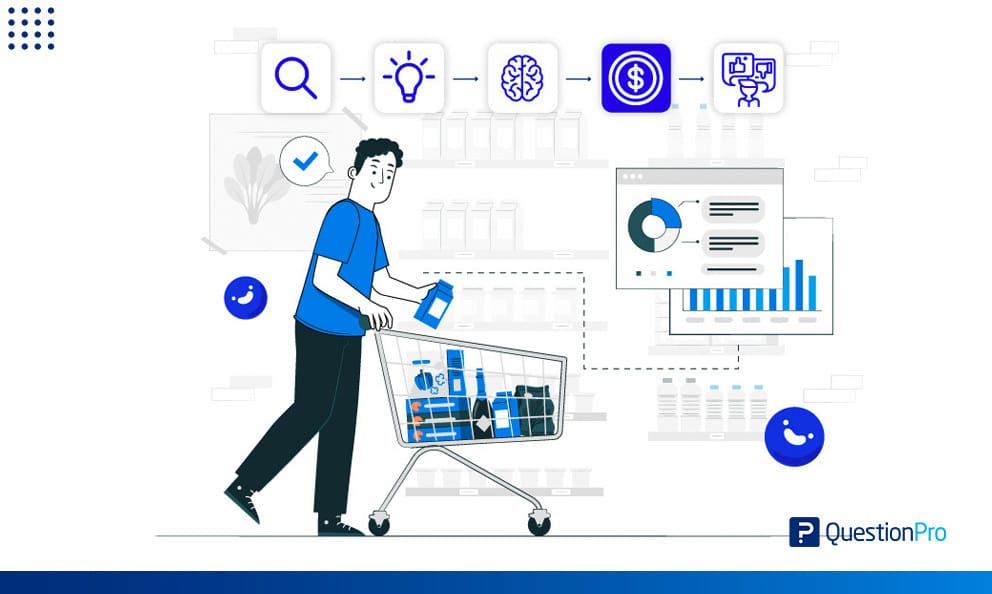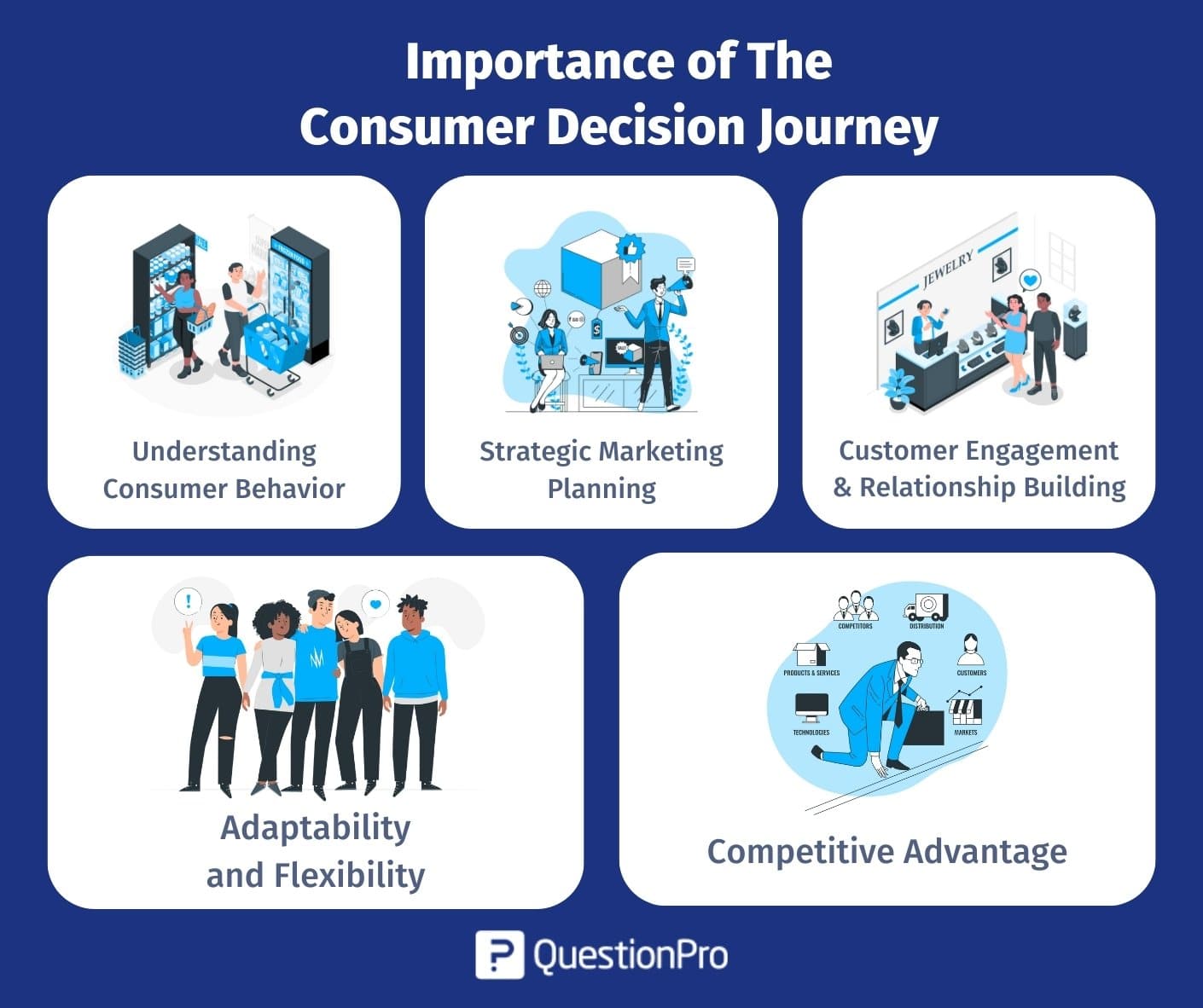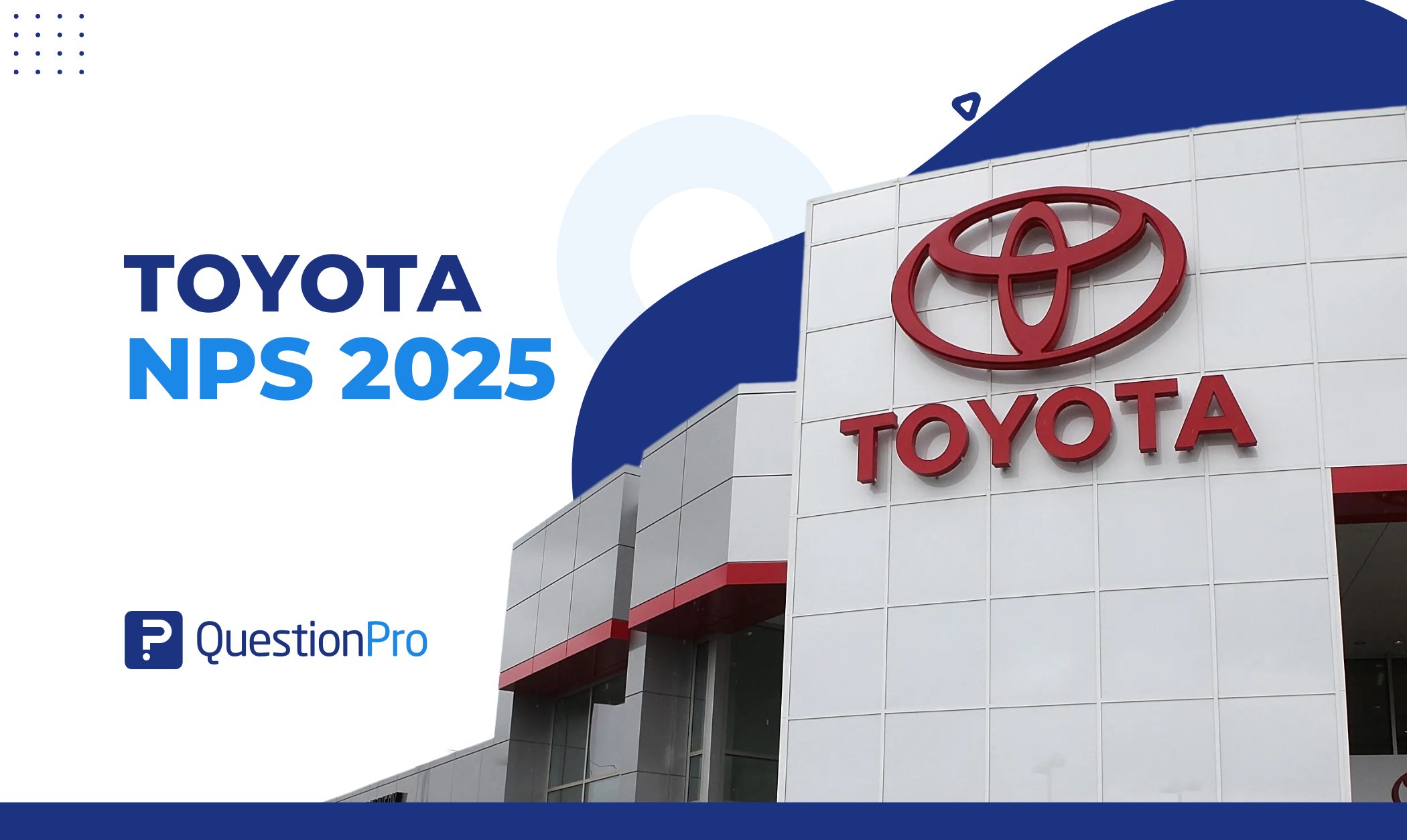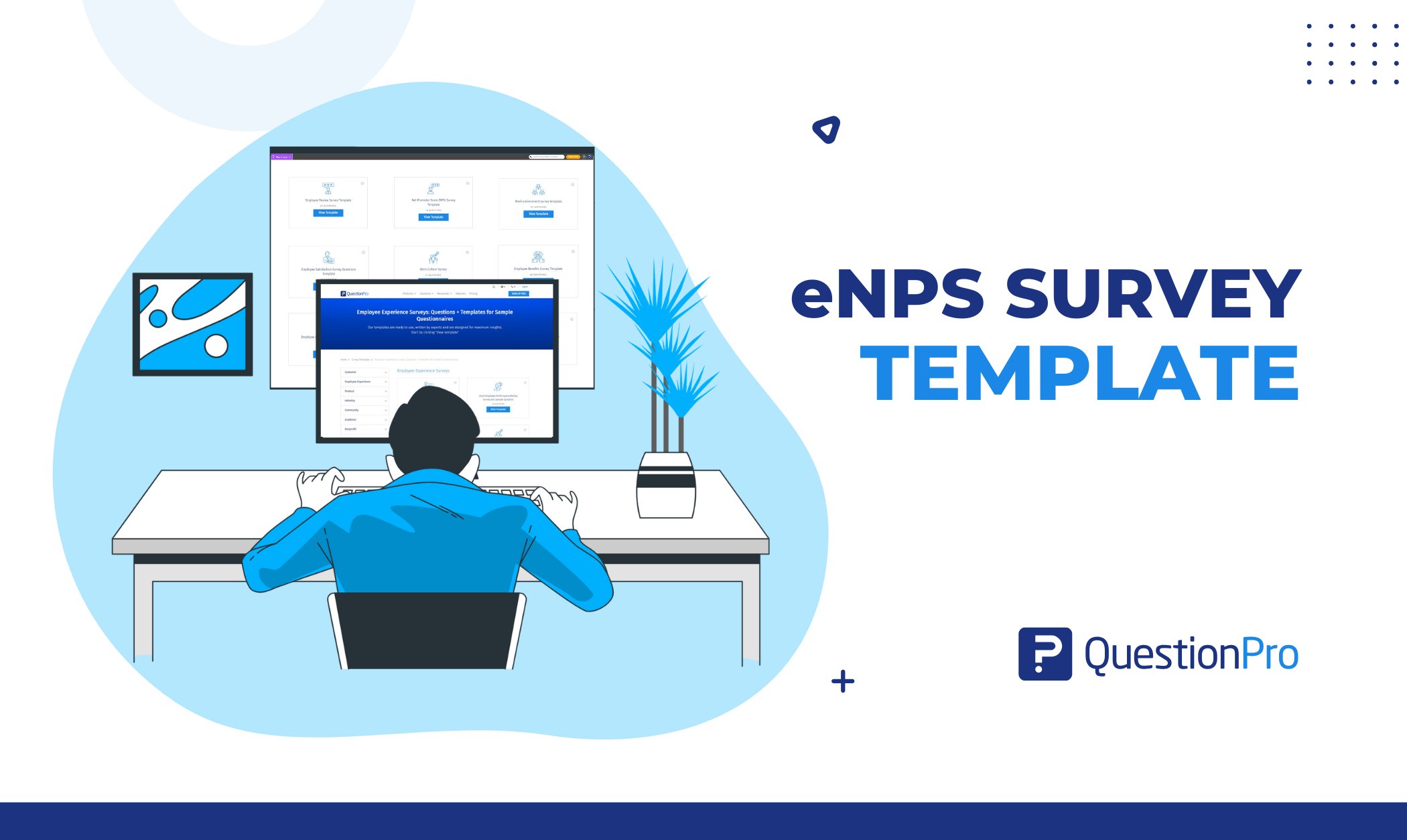
Talking about a consumer decision journey is essential for any sales, marketing, and customer experience strategy. More and more customers are skipping the established schemes in the classic funnels and making decisions based on new factors in the match.
If you want to get to know this concept in-depth, in this article, you will find what it consists of, its main stages, and how to generate a successful journey for your clients.
What is the consumer decision journey?
The consumer decision journey is a model of the customer buying process that describes how consumers make their decisions throughout their experience or relationship with the brand. This model evaluates how it can influence the customer’s purchase decision process by recognizing key touchpoints and customer interactions.
The consumer’s decision journey is not a linear model, so the actions they describe overlap and repeat until the purchase decision. The importance of factors such as customer loyalty and post-sale strategies is highlighted.
LEARN ABOUT: Perfect Customer-First Strategy
Importance of the consumer decision journey
Understanding the consumer decision journey is vital because it can help a business understand how and when to engage with customers throughout their journey, from brand discovery to post-purchase and beyond.
This framework helps marketers better understand the key customer touchpoints where the right message to the right consumer can change their behavior.
The consumer decision journey model can help companies make continual improvements to customer lifetime value experience and lifecycle, fueling brand loyalty for years to come.
LEARN ABOUT: Customer Lifecycle
The consumer decision journey (CDJ) is an important part of brand marketing, marketing campaign, and figuring out how people act. It’s the process people go through when deciding what to buy, from realizing they need or want something to weighing their options to the experience they have after buying something.
From the following points of view, you can see how important the consumer decision journey is:

Understanding consumer behavior
The CDJ gives useful information about what people think, feel, and do during buying. By looking at the different steps of the CDJ, marketers can learn more about consumer purchasing behavior and what drives consumers, what their preferences are, and what makes them make decisions. This helps businesses change their marketing strategies and messages so they can connect with customers at each stage of their trip.
Strategic marketing planning
By making a map of how a consumer makes a decision, marketers can find the key touchpoints and interactions where that can affect a consumer’s choice. Businesses can make the most of their marketing resources by strategically allocating them to touchpoints like online research, social media interaction, and in-store experiences. It lets marketers build targeted marketing campaigns and personalized experiences that resonate with customers at every stage of their journey.
Customer engagement and relationship building
The CDJ knows that a consumer’s trip doesn’t end when they buy something. It talks about how important the experience after a purchase is and how it can create loyal customers and company advocates. Businesses can build long-term relationships with their customers by focusing on giving great customer service, asking for feedback, and staying in touch. This can lead to repeat purchases and good word-of-mouth recommendations.
Adaptability and flexibility
The path a consumer takes to make a choice is not a straight line. Today’s consumers have access to a wide range of channels, platforms, and information sources that can affect their decisions at any point. By understanding that the CDJ is always changing, companies can change their marketing plans to keep up with consumer behavior and preferences changes. This ability to change helps businesses stay relevant and connect with customers in a digital world that is always changing.
Competitive advantage
Knowing and improving the consumer decision journey can give a business an edge over its competitors. By looking at how people act and what they like, businesses can find holes or pain points in the market and come up with new goods, services, or marketing plans to fill them. By giving customers a smooth and personalized experience, companies can set themselves apart from their competitors and give customers a positive and memorable experience.
Build your own Customer Journey Map.
Stages of the consumer decision journey
The consumer decision journey consists of 5 main stages:
- The trigger
- The search for information
- The evaluation of alternatives
- The purchase
- The post-sale experience
Now we will detail each one.
1. Discovery
A stimulus or trigger starts the customer journey when an individual realizes they have a problem and need a company product or service to solve it.
The first step of the consumer’s decision journey is recognizing the need for a service or product.
LEARN ABOUT: Customer Journey Mapping Tools
2. Familiarization with the solution
When considering a purchase, a person reflects on a set of initial consideration or brands that immediately come to mind due to their level of brand awareness.
When researching their options, consumers will again rely on internal and external factors and previous interactions with a product or brand, both positive and negative.
Consumers can search for options in a physical place or consult online resources such as Google My Business Reviews and their degree of recommendation on various brands in the information or familiarization stage.
3. Consideration
Consumers gather information by searching multiple sources and reading reviews to decide which brand has what they want or need.
Alternatives can come in the form of lower prices, additional product benefits, immediate availability, or something as personal as color or style choices.
4. Purchase
Once the consumer filters their options based on the information they have gathered in the evaluation phase, they choose a brand and begin the purchase.
Once they have gathered all the data, including comments from previous customers, consumers must come to a logical conclusion about the product or service to buy.
5. Post-sale experience and loyalty
This part of the consumer decision journey involves both the consumer and the seller reflecting on the post-sale experience as part of the process.
As a seller, you should try to assess whether the purchase met the consumer’s identified need, whether the customer is delighted with the purchase, and how you can continue the relationship to ensure customer retention and loyalty.
LEARN ABOUT: Employee Experience Framework
How to guide a good customer decision journey?
Now that you know what the customer decision journey consists of, we will present you with five ways to guide your customers to ensure a smooth process that guarantees the satisfaction of their needs and your sales success.
Boost your company’s brand awareness
The first step to creating a successful consumer decision journey is to develop a comprehensive brand advertising campaign to build brand awareness. This way, existing customers will be able to think of you as part of the first options that come to mind when they think of you.
You want consumers to know and trust you. And more importantly, you want them to feel like they have a problem that only you can solve.
Map your consumer decision journey
Building Customer Journey Maps are critical to comprehend the client’s key moments and pain points to which you must pay special attention to guarantee a smooth experience.
Knowing how to map customer journeys is a skill that your Customer Experience team must have or develop as soon as possible to offer potential customers access to the information they need at the right time so that they decide to buy your product or service.
Creating a funnel and planning the types of content that people may need is also advisable. Present yourself as a trusted source of knowledge and information, and include consumer-generated content such as customer reviews or case studies of your solutions on your website.
Know your competition and surpass it
Your sales, marketing, and customer service strategies should convince consumers that your product is superior to alternatives.
For this, you must prepare to overcome any objection; for example, on sales calls or post-calls, get to know your competitors so you can answer questions and compare benefits.
Evaluate the experience throughout the consumer decision journey
Having reliable data in real-time is one of the best ways to evaluate the consumer decision journey to take improvement actions at critical points.
To do this, you can use various customer experiences metrics such as CSAT, CES, NPS, and the Things Gone Wrong index to understand the most essential moments and the most appropriate strategies for each point of the customer journey.
Keep your commitment to the client
Make sure your customer continues to have a positive experience with your products. Post-purchase customer engagement can include follow-up emails, discount coupons, and newsletters to entice the customer to make an additional purchase.
One way to ensure a successful consumer decision journey is to develop loyalty strategies that help you promote long-term customer interaction and word-of-mouth recommendations.
Suppose you want to go further and offer a wow experience. In that case, you can create a community of customers and invite them to actively participate to earn rewards, interact with other customers, and develop new business ideas.
LEARN ABOUT: Buying behavior
Create your successful consumer decision journey with QuestionPro!
The consumer decision journey involves various business areas, from digital marketing strategy to generating attraction in the discovery stage to the customer service and experience team to complete post-sale and loyalty successfully.
For a successful customer satisfaction journey, you’ll need tools that help you measure every moment in real-time, see your metrics, automate processes, and connect the organization so your team can make decisions to resolve any friction instantly.
If you would be interested in having all these tools in the same solution, remember that with QuestionPro CX you can have them at your fingertips at any time. Request a free demo or write to us in our online chat for more information!




![[CX]-TCXT-closing-the-loop](https://www.questionpro.com/blog/wp-content/uploads/2025/06/CX-TCXT-closing-the-loop.jpg)


